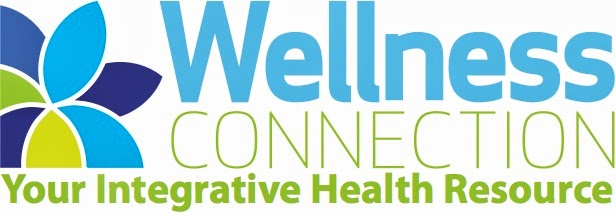by
Justin Short, licensed acupuncturist
“What can you do for my issue?” I get asked this by almost every prospective patient. Whenever I hear this, I think to myself “I can stick needles in you, I’m an acupuncturist.” I don’t say this though, because what they patient really wants to know is how does acupuncture work? What is acupuncture going to change to make them feel better?
This is where you might hear about Qi, and how acupuncture is the manipulation of a body’s Qi. This answer is not wrong, but it does not tell you much if you don’t know a lot about Chinese medicine. To answer this question in terms that most people can understand can be difficult. The short answer is that western science does not know exactly how acupuncture works, but that does not mean it cannot tell us anything.
Many people think of acupuncture for pain relief or for injuries (either acute or chronic). The mechanisms or how acupuncture can work for this are many. Firstly, acupuncture can help increase blood flow locally. Often times with an injury, blood flow in the local area is congested which slows down or prevents healing altogether. In Chinese medical terms we often refer to pain as “Qi stagnation”, meaning the Qi is not flowing. Pain from reduced blood flow is one symptom of this.
Secondly, acupuncture can help to reduce swelling. This ties directly in to blood flow and Qi stagnation. Inflammation impedes the flow of blood, lymph and nerve impulses through an injured area and will also negatively affect the healing process. By reducing inflammation and swelling, we are able to let the body do its job better and quicker. There are lots of other ways to reduce swelling, though. You can use ice or you can take ibuprofen, both can be used for pain. There are problems with each of these though, that can impede long term healing and can turn an acute injury into a chronic one. Ice, for example, does reduce inflammation and bring down swelling, but it also congeals the blood and slows down its flow. So while you might not have as much pain, you are actually making the healing process much harder on your body. Chinese medicine does not have this problem; we can bring down swelling while at the same time promoting blood flow. This allows the body to heal quicker and better. Then you have ibuprofen. This stuff is great for pain relief, as a NSAID it will definitely bring down swelling and it isn’t so cold as ice to impede blood flow. It is not without its issues though. NSAIDs such as ibuprofen shut down the body’s natural healing response. When there is no inflammation, the body does not realize that there is an injury to fix; it thinks its job is done. This is not the case. NSAIDs cover up the pain, but don’t fix it, and can even cause an acute injury to become chronic.
Chinese medicine can also help to strengthen muscles and tendons in the body. This is a side effect bringing more blood to an effected area. Many chronic injuries can be due to a muscle weakness. With acupuncture we can help strengthen muscles and help them do their job better by bringing the body’s attention to the weakened area.
So far we have just been talking about pain relief; Chinese medicine treats a whole lot more than just pain. Firstly, it is important to note that inflammation and reduced blood flow are not issues specific to pain, but can also be the cause of a lot of other health concerns. Many chronic issues that seem to have no cause can often be from chronic inflammation throughout the body. Chinese medicine not only helps increase blood flow and reduce inflammation locally (at the site of the injury), but can also do so globally (throughout the whole body).
One way it does this is by speaking directly to the brain to regulate our body’s chemistry (hormones, enzymes, etc.). Whether it is an emotional issue such as depression or anxiety, or something more physical, such as menstrual issues or digestive upset, Chinese medicine helps to direct the body’s response to these or many other issues. Each acupoint has unique and disease specific reaction in the body. This does not mean there is a specific acupoint for every specific symptom. What this means is that each acupoint used will affect the body differently, but in the way the body needs.
Acupuncture does not treat or fix symptoms; rather it brings your body’s attention to a problem and helps to give it the tools necessary to make things better at a deeper level.
These are just a few of the ways acupuncture works to make you feel better. It is important to note that all of these mechanisms (increasing blood flow, reducing inflammation, and hormone regulation) can help with a variety of issues. They are not specific to pain or to digestive issues or any set of symptoms. Acupuncture works with your body, no matter the problem, to help you feel better.
If you want to see how acupuncture can work for you, setup an appointment with Justin by calling our office at (703) 327-0335.


